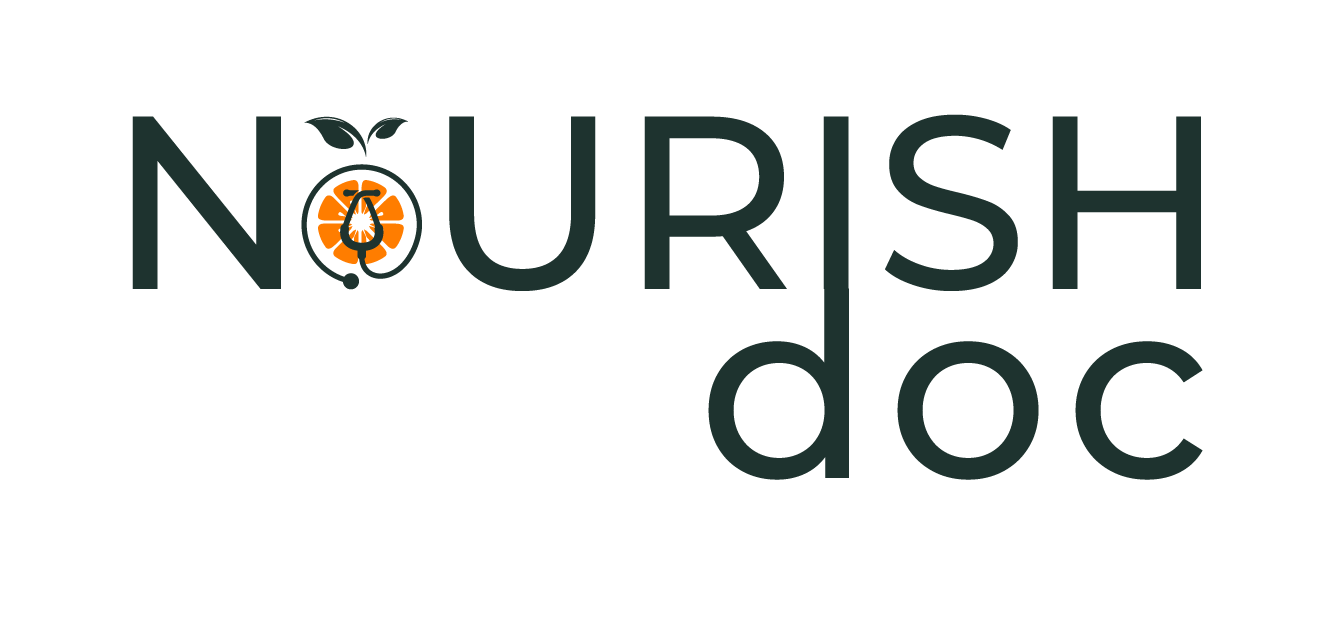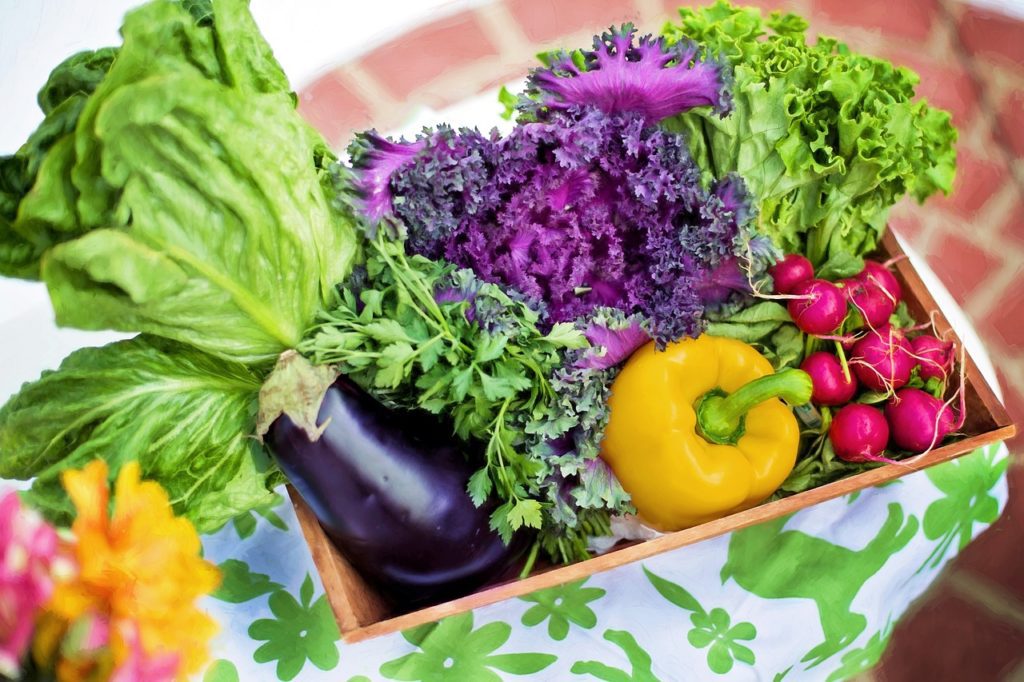According to the International Classification of Headache Disorders, there are up to 150 distinct kinds of headaches. Most headaches fall within one of four major categories: tension, migraine, hypertension, and cluster headaches. Particular food and beverages can trigger several kinds of headaches, or they can help alleviate the pain. Finding the best nutrition and drinks to consume can potentially decrease the length and frequency of headaches.
What are headaches?
People experience different kinds of headaches, and headache causes and symptoms will differ from person to person. Headaches are primary (not due to something else) or secondary (a sign of a disease, sinusitis, injury, drugs, caffeine withdrawal, etc.).
In the event of a primary or secondary annoyance, beverages and food can influence whether the aggravation occurs and headache severity, and the amount of time the headaches persist. Most headaches do not last long and are manageable, like anxiety headaches or headaches due to overexertion or lack of sleep. Other ones, like migraines, can be painful for days or even weeks.
Medical studies have discovered that particular food and beverages are headache triggers. The tricky thing is knowing which particular ones cause a person headaches. Bananas and corn could trigger a single individual, but dairy products and berries are triggers for somebody else.
See: Functional foods benefits for optimal health
Diet therapy for managing headaches
The Cleveland Clinic notes that most information about food that triggers headaches was gathered from individuals self-reporting their encounters. There have been studies conducted before, and lots are ongoing right now as to which food can specifically cause headaches. The challenge for researchers is that every situation is different. Step one is avoiding food that is known to trigger headaches. If a hassle grows, some food may spur a quicker recovery period.
Knowing what to eat when your head hurts can help you make good decisions. The most common foods and beverages that have been reported to assist headaches include:
- Leafy greens
- Fresh fruits, especially brightly colored ones high in antioxidants
- Low-sodium food
- Almonds
- A tiny cup of java to get a caffeine headache
Given the above list, make sure, too, that you avoid consuming processed foods, aged cheeses, dried or smoked fish, cultured dairy products, higher sodium food such as potato chips, and food high in sugar and carbohydrates. Remember, from time to time, headache relief comes from understanding what to eat.
See: How to grow superfoods for your health
Watch what you drink
Some drinks have been linked to headaches. These beverages are as follows:
- Dairy Products: Milk has casein (the group of phosphoproteins), which constitutes 78.% of milk protein. Casein can cause milk migraine and other types of headaches in some people. Milk, beverages made with milk, and buttermilk is reported to trigger headaches. Merely to demonstrate how complicated headaches can be, some folks drink whole milk to ease headaches, including migraines, since the electrolytes and protein are beneficial.
- Alcohol: Mixed drinks, beer, wine, and champagne have alcohol in them. Alcohol affects brain chemicals and blood vessels in a manner that can cause a headache. Drinking alcohol rather than drinking sufficient water multiplies the consequences.
Red and white wines have alcohol, tannins, and sugar, making a perfect mix for triggering headaches. As with other alcoholic beverages, champagne may also lead to dehydration by curbing the hormones that balance the body’s hydration, but the carbonation can make headaches even more debilitating. Carbon dioxide in carbonation competes with all the oxygen in the blood vessels, causing a range of symptoms, including dizziness, nausea, and headaches.
- Caffeinated Drinks: Caffeine is in more beverages than a lot of folks realize. It is usually a component of tea, coffee, and some soft drinks. However, it is also in chocolate, so hot cocoa is a potential headache trigger. If prone to migraines, a cup of hot chocolate made with milk ought to be avoided. Not generally known is the fact that caffeine can be found in food like ice cream and breakfast cereals. Drink several cups of coffee while eating cereal for breakfast, and the caffeine dose is significant and enough to potentially trigger a headache.
- Water: Water is excellent for headaches! Drink loads of water to avoid dehydration, among the best causes of headaches. In actuality, drinking water can be all it takes to relieve a headache.
- Food and Drink Additives: Food and beverages today have many additives. There are flavorings to enhance the taste of food and preservatives (such as nitrites) to prolong shelf life, and sugar substitutes to replace actual sugar. Many substances, including artificial sweeteners such as aspartame, can trigger headaches.
Though monosodium glutamate (MSG) is not used as much as it once was, it is still found in products such as soy sauce, packed foods, and meat tenderizers. Other additives triggering headaches include substances like phenylalanine and nitrites.
See: Importance of diet & nutrition on mental health
How to manage migraine headaches?
Most headaches do not last long, but migraine headaches are distinct. They can last hours, days, or even weeks, which makes it tough to function.
- Chocolate: A great deal more study on chocolate for migraine sufferers is required. According to the International Headache Society (IHS), chocolate is named by 22% of migraine sufferers as a cause food of migraine. But IHS research has discovered that chocolate can protect nerve cells that are involved in migraine headaches.
- Citrus Fruits: Vegetables that help with migraines are fresh fruits, especially brightly colored ones. But it is vital for one to track the fruits eaten. For many migraine sufferers, citrus fruits, such as oranges and pineapple, may make symptoms worse.
- Leafy Greens: Eating vegetables, like spinach and kale, which have a good deal of B vitamin folate, may reduce the frequency of migraines.
- Magnesium and Potassium: Some individuals suffering from migraines have lower levels of magnesium. The study is ongoing as to whether increasing potassium or magnesium through diet can decrease the frequency or severity of migraines. Some of the rich magnesium and potassium food sources are:
- Leafy greens, such as spinach, kale, turnip greens, and collard greens
- Seeds, such as chia seeds, flax, and pumpkin seeds
- Whole grains, such as wheat, barley, and oats
- Legumes, particularly legumes, peas, lentils, chickpeas, and soybeans
- Tofu
- Nuts, especially almonds, cashews, and Brazil nuts
- Fatty fish, particularly salmon, halibut, and mackerel
- Avocados
- Berries, such as avocados, raspberries, figs, and bananas
- Bananas and cantaloupe
- Apricots and raisins
- Fig
See: Keto Diet For Women to Lose Weight
Can food help migraine headaches?
The overall recommendation from the Physicians Committee for Responsible Medicine is to eat food that is usually known not to contribute to headaches in many people. An easy diet during the aggravation period can often bring relief. The following, in particular, might be safest to consume:
- Brown rice
- Well-cooked green, orange, and yellow vegetables (i.e., squash, lettuce, carrots, etc.)
- Dried or cooked non-citrus fruits, like cherries and cranberries
Maintain a headache journal. Everybody reacts differently to diet-based remedies. If you write down everything you have eaten before and after your headache occurs, your list can help you understand what might be triggering the pain, along with treatments that work best. With that in mind, consider the following:
- Russet potato: One of the most common causes of headaches is dehydration. And often, as soon as your body needs a bit of water, it is also in need of electrolytes like potassium. As soon as you feed your body the nutrition it needs, the pain will probably subside. So, the next time you feel a headache coming, bake a russet potato and enjoy it. One large tater packs over three times the amount of potassium for a banana, the strongest source.
- Cucumber: Made up of 97% water, the mighty cucumber is another vegetable that may keep you hydrated and headache-free. Slice up some bread and enjoy it with hummus or blend the cabbage with a few tomatoes, red onion, olive oil, red wine vinegar, oregano, and black pepper for an easy summer salad.
- Cherries: Suppose you are prone to getting headaches at a specific time of day or after a particular action (like excessive computer usage ). You might be able to ward off the pain by nibbling on some cherries. Cherries provide the body H2O to assuage dehydration-related pain? They also contain chemicals that convert the nitric oxide in the blood, a naturally occurring gas that might help protect against tension headaches and migraines. Beetroot and beetroot juice may also have identical effects.
- Whole Grain Cereal: According to the U.S. National Library of Medicine, consuming adequate riboflavin (AKA vitamin B2) helps keep migraines away. That said, most cereals are fortified with the nutrient, so it is super simple to sneak it into your everyday diet.
- Hot Peppers: If your headaches tend to sideline you for hours, then you may want to think about eating some hot bites to hasten the recovery process—if the pain is stemming out of congestion, at least. If a headache is due to nasal congestion, hot foods may help decrease the pressure and open the airways, which helps reduce the pain.
Eliminating your dietary offenders
Since each person is different about which food and beverages cause and alleviate headaches, it requires giving special diet care to ascertain what causes headaches and what helps relieve headache pain. It could be possible to link specific food for your headaches, so you can remove them from your diet or link them to headache relief and add them into the diet.
Creating a healthy lifestyle can also be imperative to headache management. You should not rely just on drugs for relief. Many headaches are brought on by stress and tension, so cover the stress factors in your life. Eat a healthy, well-balanced diet. Limit alcohol intake. Do not skip meals. Drink a lot of water every day. Get regular sleep. Exercise regularly. These are behaviors that anybody can control and go a long way towards preventing headaches and/or minimizing headache pain.







